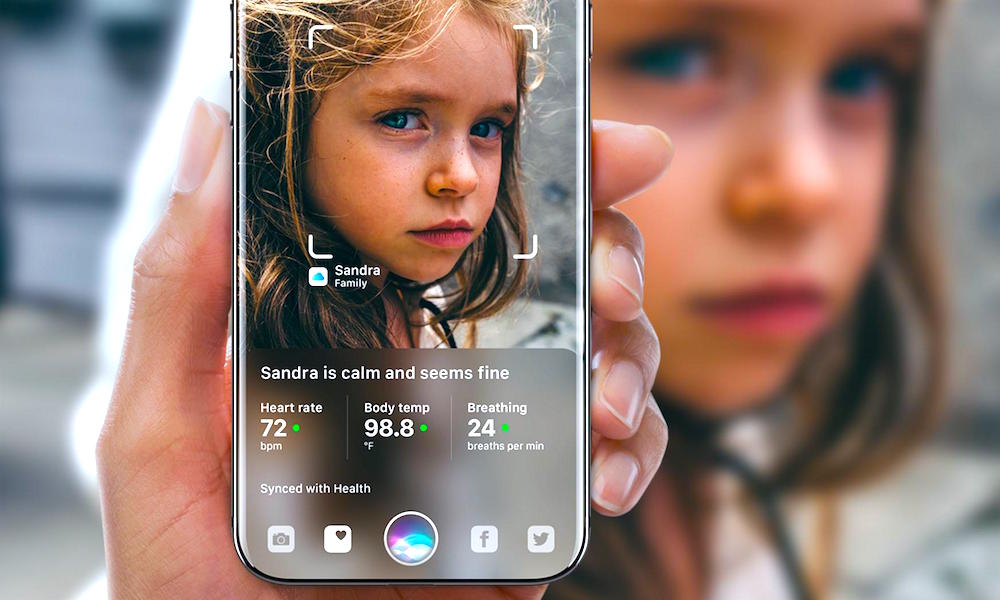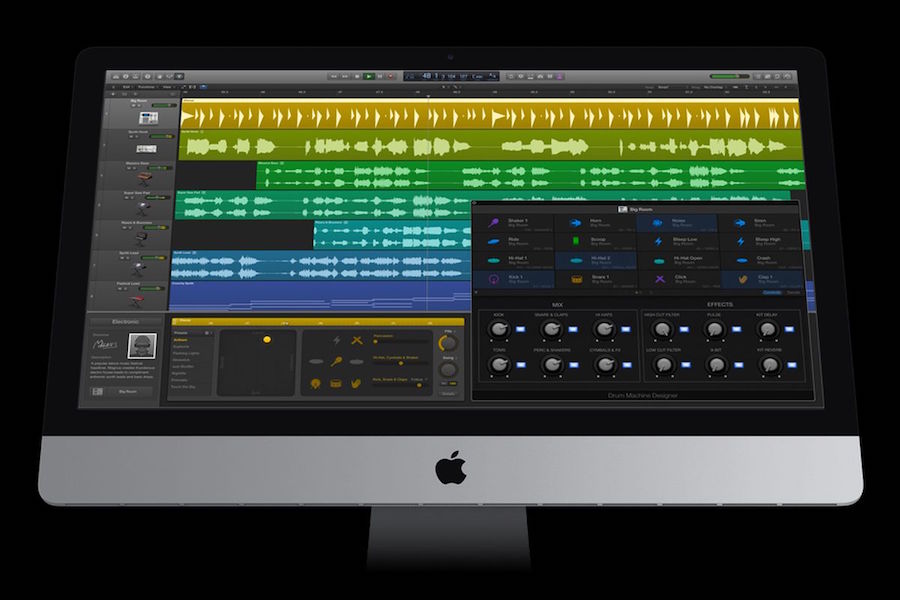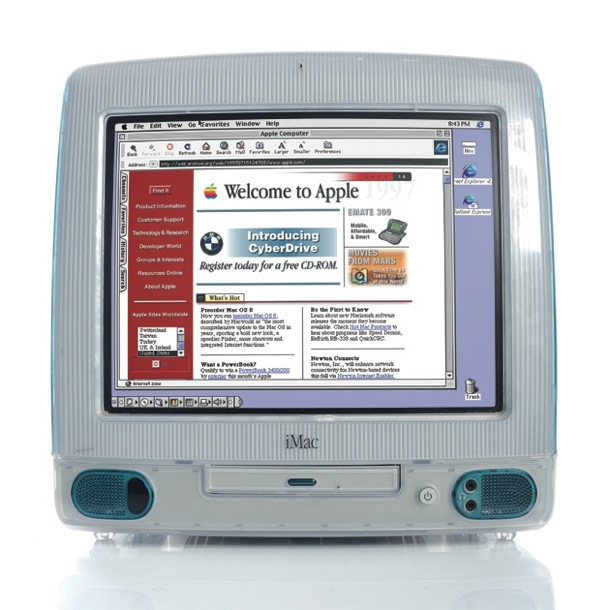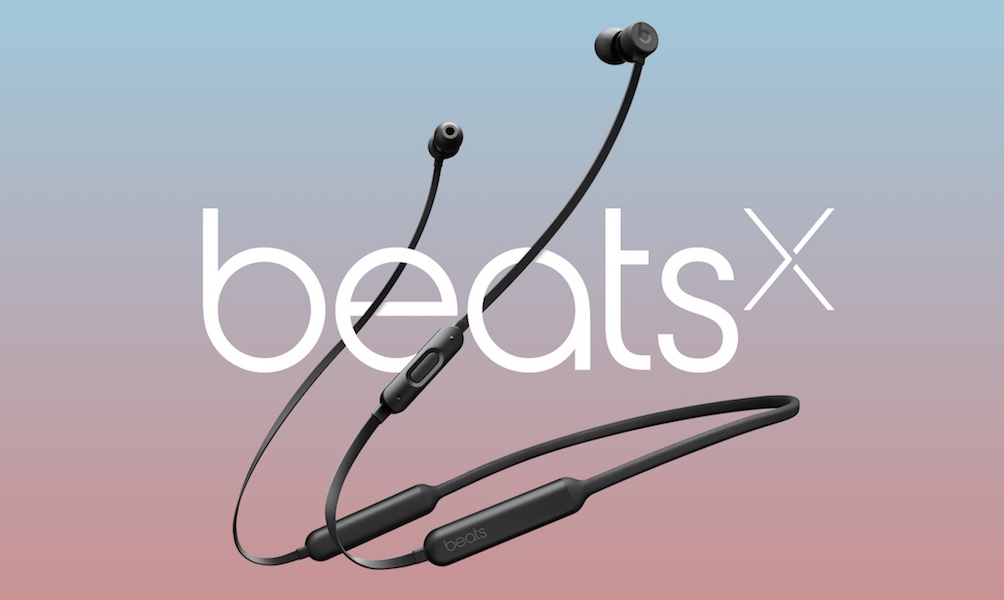5 Most Successful Apple Acquisitions of All-Time

Apple has a knack for creating some of the most feature-rich and life-enhancing gadgets money can buy. Whether it’s the iPhone, iPad, Apple Watch, or a myriad of other offerings from Mac computers to industry-leading software titles, the quality and ingenuity of Apple’s products are second-to-none. But many of those products, including our beloved iPhones, simply wouldn’t be what they are today if it weren't for the many smaller companies Apple has strategically acquired over the years. Here, we will take a look at 5 of Apple’s most notable acquisitions, and how the technologies gained through them helped shape the company into what it is today.
5 Siri, Inc.

If you've ever used an iPhone or iPad before, then you’ve likely heard of (or have perhaps even spoken to) Siri at some point in time. Believe it or not, Apple acquired Siri, Inc., the company responsible for creating the voice-driven personal assistant software, back in 2010 for a hefty $200 million. Though she made her inaugural debut on the iPhone 4s, Siri has ultimately been brought to a wide range of Apple Products including the Apple Watch, Mac computers, the Apple TV, and will be the central feature of Apple’s upcoming Siri speaker, HomePod.
4 PrimeSense

Known for its motion tracking software found in devices like the Kinect accessory for Microsoft’s Xbox game system, Apple acquired Israeli-based 3D motion sensor company, PrimeSense, for a whopping $345 million in November of 2013. While Apple’s strategy has yet to be actualized in the form of a tangible product, however, it’s believed that the software could play a pivotal role in Apple’s future iPhone and iPad devices. In fact, the iPhone 8, which could also be called the iPhone Edition or iPhone X, is slated to feature all-new advanced 3D facial recognition technology that may incorporate the software.
3 Emagic

Known for its creation of revolutionary digital audio workstation (DAW) software, Logic Pro, Apple acquired this small software company back in 2002 for $30 million. While Logic has evolved substantially over the last 15 years, establishing a reputation for excellence and ease in digital music creation, the Mac-maker primarily made the purchase to help it develop the DAW-based GarageBand software title, which has since become a focal component of the company’s iLife software suite for Mac and iOS.
2 NeXT, Inc.

If you’re familiar with Apple’s rich history, you’ll likely know that the company’s late co-founder, Steve Jobs, was removed from the helm of the empire he helped create in the late 1980s. Jobs then worked on a number of other projects including development of the 1995 Toy Story film from Disney and Pixar, and the founding of NeXT, Inc. In 1997, Jobs returned to Apple as part of the company's acquisition of NeXT for $429 million in cash and shares of Apple stock. In what was perhaps the most divine, technological matrimony of all-time, Apple’s hardware was joined together with NeXT’s cutting-edge software to create the foundation of OS X and iOS as we know them today.
1 Beats

Back in 2014, Apple acquired Beats Electronics from its co-founders Andre Romelle Young (aka Dr. Dre) and Jimmy Iovine for $3 billion in what came to be the tech-giant's most costly acquisition on record. While the deal has so far allowed Apple to sell Beats headphones via its retail stores and third-party resellers, it’s unknown what the company's broader plans are insofar as integrating Beats' technology into other Apple products. The company also acquired Beats Music through the deal, at whence Iovine, an American record producer and founder of Interscope Records, went on to create Apple Music. Iovine continues to work for the company in an undisclosed role. While Beats are incredibly popular, they do face stiff competition in the headphone market. Be sure to check out the 5 best Beats competitors, here.
